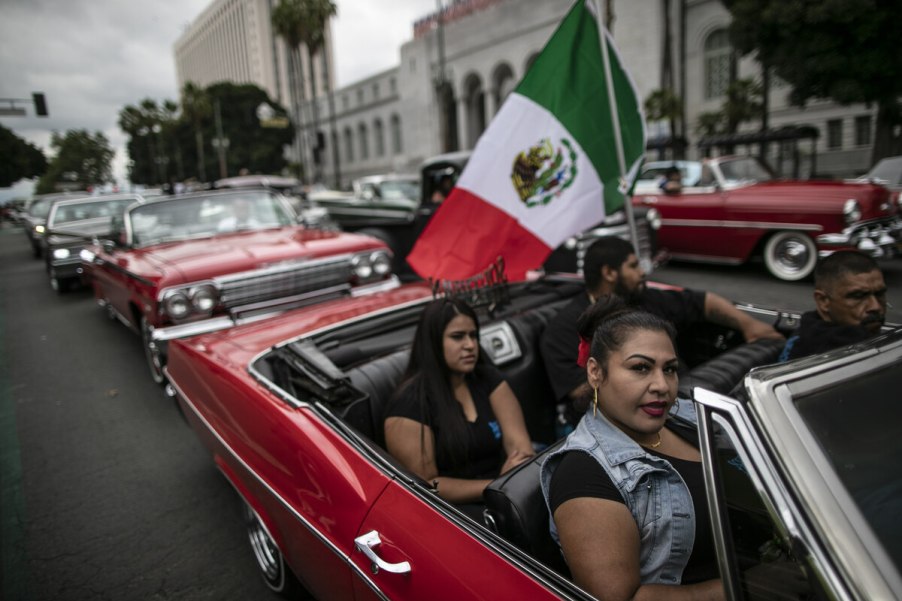
California Rights a Wrong: Cruising Was a Crime Until Yesterday Now Ban Is Lifted
Whittier Blvd. in southern California is arguably one of the most historic cruising spots in the country. Between Whittier and East Los Angeles is where it all happens, or at least it used to happen. That’s because, in the 1980s, it became a crime as a cruising ban was instituted on the famous strip and on many other cruising spots like Van Nuys Blvd., roughly 30 miles northeast of Whittier Blvd. But now, Governor Gavin Newsom has signed into law lifting the ban and reinstituting the right for Californians, especially lowriders, to cruise legally in the state.

“On behalf of the thousands of advocates who supported this culturally significant legislation, the lowrider communities and car clubs from all over California, I would like to thank the Governor for signing AB 436 into law,” said the sponsor’s Assemblymember David Alvarez. But the bill does more than lift the ban.
Was the ban racially motivated?

It also allows for cars to be low, which is part of the lowrider and hot rod culture. Lowriders are especially known for their “low and slow” cruising ethos. And it goes back generations. That’s part of the problem with the California cruising ban; the Latino culture’s ties to lowriding go back to the days of the zoot suit Pachucos just after WWII. So, it is Latino culture.
But various car clubs in California say the ban was racially motivated, according to the San Diego Union-Tribune. They said instead of banning cruising, cities should be embracing it with its cultural and artistic importance. After several cities wouldn’t lift the ban, the groups went the legislative route. A coalition of a dozen lowriding groups put together the California Lowrider Alliance to be a liaison between Sacramento and to further the cause.
Why did California ban cruising?

Police harassing cruisers is common in many cities. Cruising also came with crowding streets, loitering, and tickets for various offenses like being too low (car frames or suspensions below the bottom of the wheels, known as the “scrub line”), loud mufflers, and more. Vandalism also rose on Friday and Saturday nights, though there was no connection between the lowriders and vandals.
For hot rodders, residential side streets became defacto drag strips. Loud exhaust and tires exposed on fenderless highboy roadsters were violations, too. Though the hot rod and lowrider traditions are vastly different, they share common ground.
Can cities institute their own cruising bans?

Besides allowing cruising and lower ride heights, the law also stops cities from trying to impose cruising bans. Cities like San Jose, Sacramento, and Whittier all had individual laws that didn’t allow cruising. Now, each city must abolish them.
“The law will allow the historical legacies of cruising to continue for the current generation and many more,” Alvarez said. “Governor Newsom agrees that ‘Cruising is Not a Crime’ in California.”



